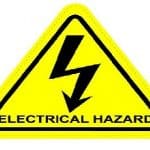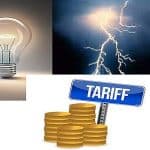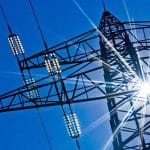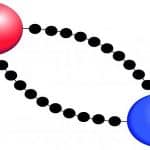In an electric field, working with electricity is not safe when workers don’t identify and control electrical hazards properly. However, lack of knowledge, failure to identify potential hazards, and not enough training cause electric shocks, fire hazards, and explosions. Most of these hazards were caused mainly by direct contact with machines, overhead transmission lines hand-carried metallic objects & contact with tools. So protecting ourselves … [Read more...]
Electric Tariff : Working, Types, Example, Characteristics, Advantages & Its Disadvantages
Generally, we need different kinds of equipment machinery, such as turbines, alternators, and boilers for electricity generation in power stations. Consequently, the operation and arrangement of these devices incur additional costs. These costs are passed on to customers through a fixed charge included in their bills, with the tariff rate primarily determined by the cost of electricity generation. Once electricity is produced, the transmission process … [Read more...]
Demand Factor : Factors, Load Calculation & Its Applications
At present, electrical energy is a significant resource, so it is increasing day by day. When electrical demand increases, then the distribution system should have sufficient capacity to meet that demand. So this capacity is measured by engineers with the demand factor (Df) formula. It is a very significant factor for engineers, homes, businesses, etc. Generally, it is measured every month but most companies choose to measure it periodically at shorter … [Read more...]
Electron Flow : Working, Formula & Its Differences
An Electron (e–) is a subatomic particle with a negative electric charge where the atom is made with three particles like protons, electrons & neutrons. All these three particles can form the nucleus of an atom. Every electron carries 1 unit of negative charge like 1.602 x 10-19 coulomb & it has an extremely small mass like 9.10938 x 10-31 kg as compared with a proton and a neutron. An Electron belongs to the first invention of the lepton particle … [Read more...]



